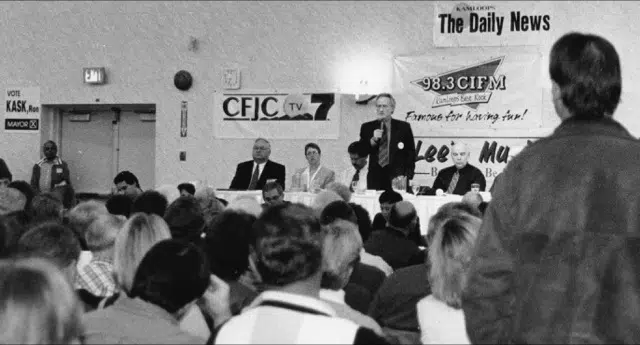
BEING MAYOR, Intermission – Anatomy of a winning campaign
KAMLOOPS — What makes for a winning election campaign? So many things influence a campaign that there’s no guaranteed winning formula, but there are some fundamentals.
With the Being Mayor series now at the point where I win election as mayor in November 1999, let’s take an intermission before Chapter 8 and fast forward to 2017 as we get close to a civic by-election.
Are there comparisons to be made? At the least, there are things to watch for.
I’d like to think it was my charm, charisma and infallible feel for the issues that got the job done in 1999. In reality the result was created by a convergence, an imperfect storm, that included a vacancy in the mayor’s chair, a council that many people felt was getting past its best-before date, a compelling issue and a candidate — that would be me — with high name recognition.


